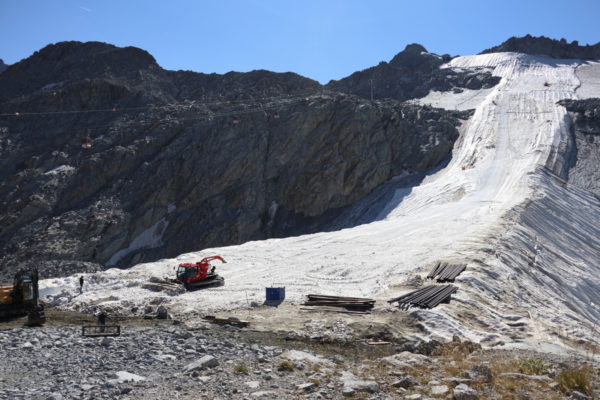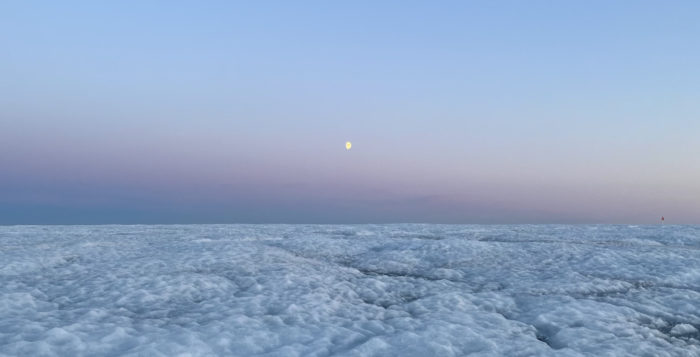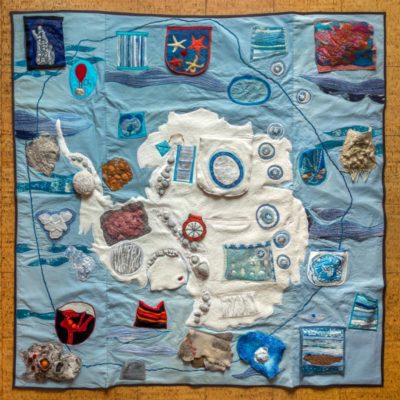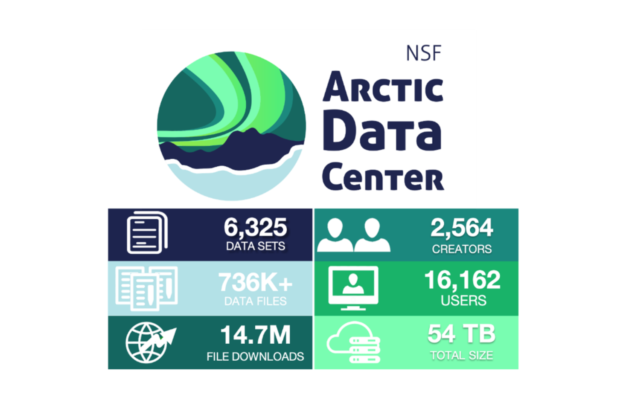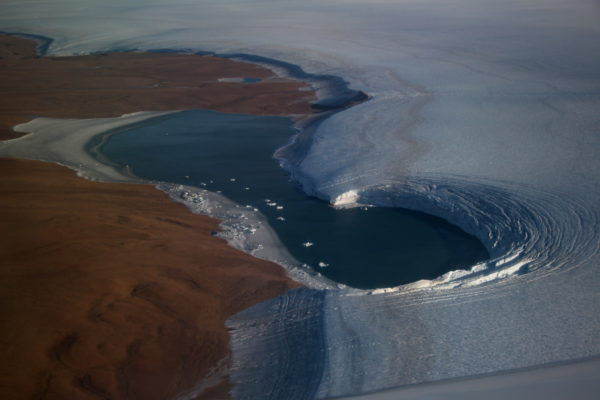There are several ways that we can classify glaciers. We can look at their shape, their size, their type of terminus, and many other features. A new characteristic has recently been gaining in popularity: artificiality. Yes, we now have a few artificial glaciers! Have you ever heard about them? They are glaciers whose behavior is directly influenced by human interventions in order to improve their ...[Read More]
Did you know about Artificial Glaciers?
